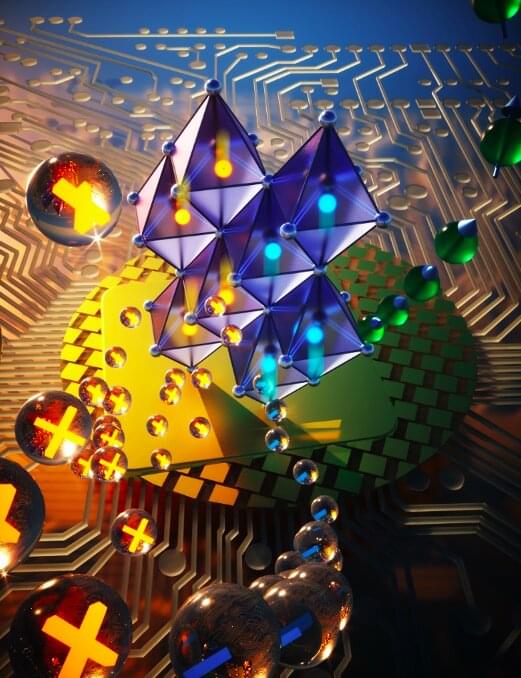Spintronic devices, a class of architectures that can store or transfer information by leveraging the intrinsic spin of electrons, have been found to be highly promising, both in terms of speed and efficiency. So far, however, the development of these devices has been hindered by the poor compatibility between semiconducting materials and ferromagnetic sources of spin, which underpin their operation.
In fact, while some semiconductors can generate electrical currents from transverse spin currents and vice versa, reliably controlling this spin-charge conversion has so far proved to be highly challenging. In recent years, some material scientists and engineers have thus been investigating the potential of fabricating spintronic devices using ferroelectric Rashba semiconductors, a class of materials with several advantageous properties, such as semiconductivity, large spin-orbit coupling and non-volatility.
A team of researchers at Politecnico di Milano, University Grenoble Alpes and other institutes worldwide have recently demonstrated the non-volatile control of the spin-to-charge conversion in germanium telluride, a known Rashba semiconductor, at room temperature. Their paper, published in Nature Electronics, could have important implications for the future development of spintronic devices.
